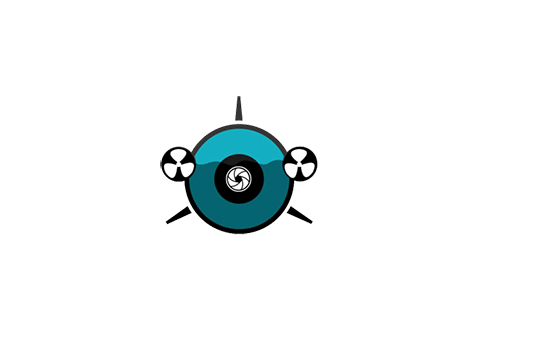
5 Feb 2019 | Posted By
When it comes to evaluating the condition of submerged structures, periodic underwater inspections are crucial to keeping the structure safe and dependable. These periodic inspections, primarily conducted in industries like offshore Oil and Gas, Shipping, Ports, Dams & Power plants, are mandatory for most structures under strict guidelines prepared by certification bodies.
Such underwater inspections are typically carried out by a competent scuba diving team – your “eyes” underwater, that provides you with the information needed to effectively repair the structure. This does not necessarily result in a higher quality inspection, only a more detailed analysis of information collected by the diving team.

(Diver conducting underwater inspection)
Once a diving operation is completed, the diving team then prepares comprehensive reports derived from their first hand inspection and the corroborating video footage captured by the cameras that are fitted on the divers. Sometimes, if the water is clear enough, the engineer can view the inspection in real time through a live video and audio feed to see what the diver sees. In some cases, the engineer is also able to be a part of the inspection process by communicating with the diver via radio to direct him towards any specific areas of concern.
Since the inception of underwater inspections for various sectors, there’s only been the way of competent divers investigating, recording, and effectively reporting critical information in a comprehensive inspection report. These reports contain detailed summaries, CAD drawings, images, and underwater video documentation to help identify any structural concerns.
That was of course, until advancements in technology allowed us to explore the ocean without actually being in it through the use of Remotely Operated Vehicles (ROV).
Planys pioneers in manufacturing of commercial compact ROVs or underwater drones providing underwater robotic inspection and survey solutions catering to various sectors like Maritime (Ports and Shipping), Infrastructure (Dams and bridges) and Energy (Oil & Gas, Power, Desalination). Planys is first ROV company in India to provide underwater inspection services and has developed 6 ROVs since its establishment.
FAQS
1.What is the role of divers in underwater inspections?
Divers act as the “eyes” underwater, performing close-up visual inspections, capturing videos and images, and recording data to assess the condition of submerged structures like bridges, dams, ports, and offshore platforms.
2. Why are underwater inspections by divers important?
Periodic inspections by qualified divers help detect cracks, corrosion, or damage early, ensuring the safety and reliability of critical underwater assets in industries such as oil and gas, shipping, and power generation.
3. What are the limitations of diver-based underwater inspections?
Diver inspections are limited by depth, visibility, water currents, and safety risks. They also require significant planning and depend heavily on diver experience and environmental conditions.
4. What equipment do inspection divers commonly use?
Inspection divers use specialized underwater cameras, communication links with surface teams, measuring tools (such as calipers, probes, ultrasonic thickness gauges), lighting, and sometimes non-destructive testing (NDT) instruments to assess material condition

